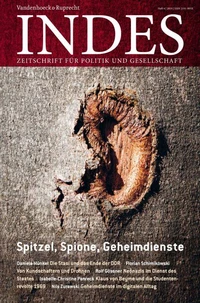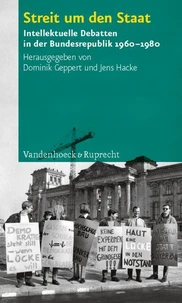Das Bild des Bauern. Selbst - und Fremdwahrnehmungen vom Mittelalter bis ins 21. Jahrhundert
Par : , , , ,Formats :
Disponible dans votre compte client Decitre ou Furet du Nord dès validation de votre commande. Le format PDF est :
- Compatible avec une lecture sur My Vivlio (smartphone, tablette, ordinateur)
- Compatible avec une lecture sur liseuses Vivlio
- Pour les liseuses autres que Vivlio, vous devez utiliser le logiciel Adobe Digital Edition. Non compatible avec la lecture sur les liseuses Kindle, Remarkable et Sony
 , qui est-ce ?
, qui est-ce ?Notre partenaire de plateforme de lecture numérique où vous retrouverez l'ensemble de vos ebooks gratuitement
Pour en savoir plus sur nos ebooks, consultez notre aide en ligne ici
- Nombre de pages288
- FormatPDF
- ISBN978-3-647-31017-6
- EAN9783647310176
- Date de parution04/10/2012
- Protection num.pas de protection
- Taille4 Mo
- Infos supplémentairespdf
- ÉditeurVandenhoeck & Ruprecht
Résumé
Images of peasant workers may be found throughout European history. Persons active in agriculture were often depicted as the epitomes of steadfastness and conservatism, the antithesis to modern urban life - the object of both ridicule and mythical idealization. This volume unites the macro- with the microperspectives on both German and European agrarians from the Middle Ages up to the present day.
The contributions consider the shifts and breaks in their role, discuss regional and gender-specific differentiations, and contrast self- and other-descriptions. The result is a chronicle that says much about both the objects of study and those doing the observing.
The contributions consider the shifts and breaks in their role, discuss regional and gender-specific differentiations, and contrast self- and other-descriptions. The result is a chronicle that says much about both the objects of study and those doing the observing.
Images of peasant workers may be found throughout European history. Persons active in agriculture were often depicted as the epitomes of steadfastness and conservatism, the antithesis to modern urban life - the object of both ridicule and mythical idealization. This volume unites the macro- with the microperspectives on both German and European agrarians from the Middle Ages up to the present day.
The contributions consider the shifts and breaks in their role, discuss regional and gender-specific differentiations, and contrast self- and other-descriptions. The result is a chronicle that says much about both the objects of study and those doing the observing.
The contributions consider the shifts and breaks in their role, discuss regional and gender-specific differentiations, and contrast self- and other-descriptions. The result is a chronicle that says much about both the objects of study and those doing the observing.




